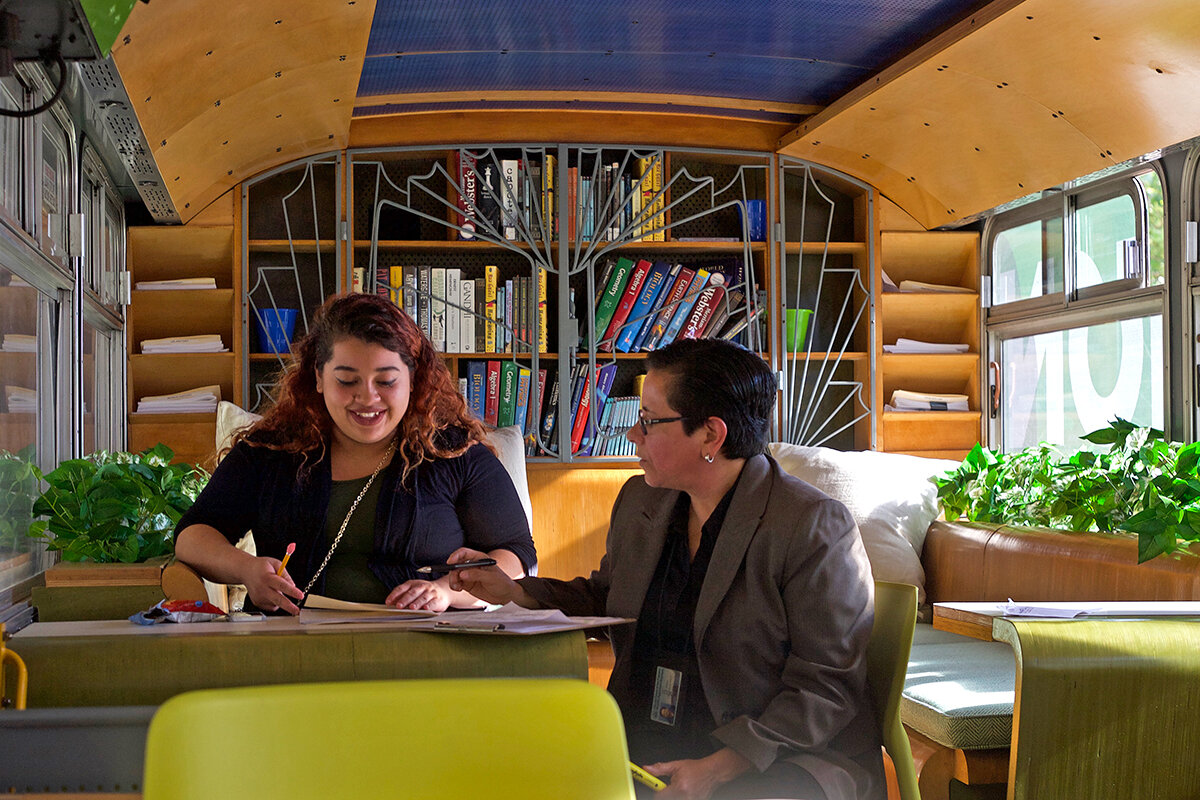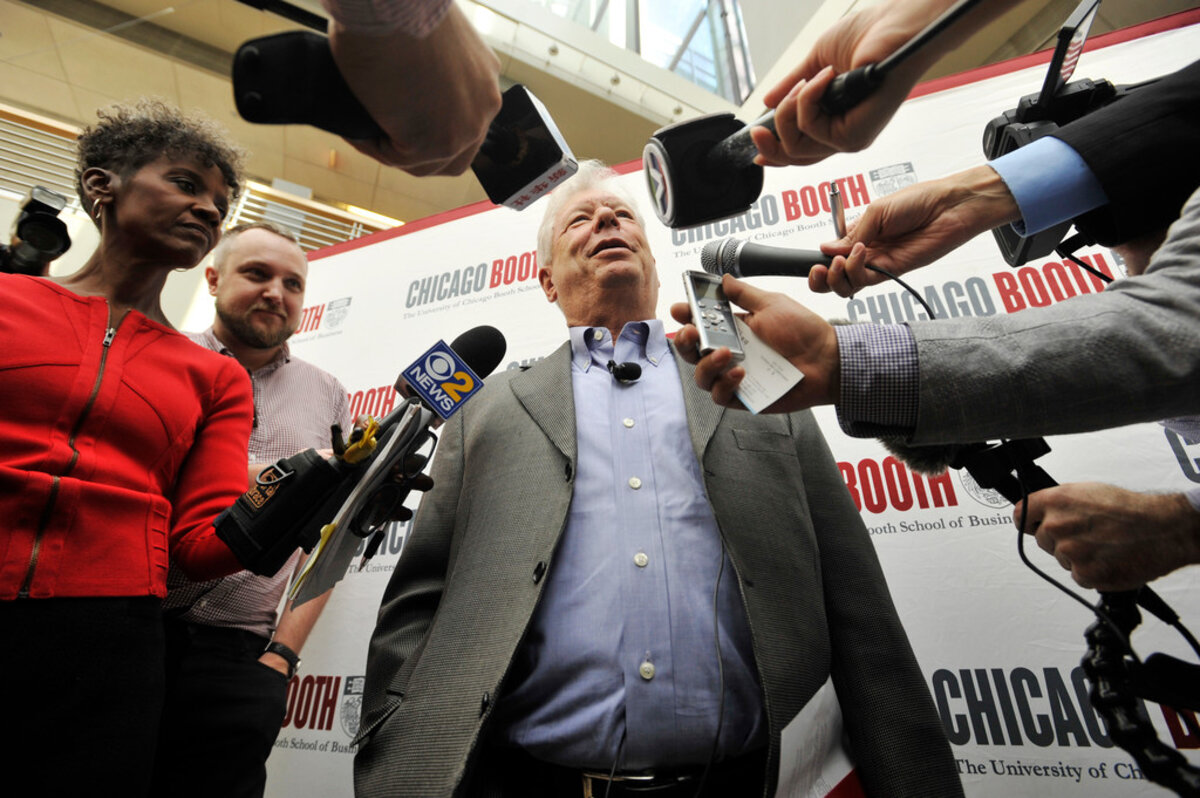In an era of a slim Republican majority, there’s real power in the party’s middle, where pragmatism and compromise live. What happens when the middle gets squeezed out?
Monitor Daily Podcast
- Follow us:
- Apple Podcasts
- Spotify
- RSS Feed
- Download
 Clayton Collins
Clayton Collins
Observing Columbus Day? That’s not a given.
Amid all of the high-stakes political infighting and renewed battles around such issues as reproductive rights, the skirmish over an 80-year-old US federal holiday – which began to heat up in the early ’90s and is at fever pitch now – arguably pales.
Yet here it is, the second Monday in October (it was fixed there, rather than on Oct. 12, in a 1970 adjustment). A few states don’t recognize the day as a holiday. For plenty of people in places that do, it’s just another long weekend.
But some see it as a legitimate cultural marker, a celebration of heritage – a bulwark against “political correctness.” And for others it’s an extremely off-key hat-tip toward a colonial flag-planting marked by notorious brutality – one that needs at least symbolic redressing, if not the removal of Columbus statues.
Many in that second crowd favor calling it Indigenous Peoples Day.
Last week, Los Angeles County’s Board of Supervisors passed a motion to make that name switch, as several other cities have done. Notably, it also designated Oct. 12 as Italian-American Heritage Day (Columbus was Italian, obviously, though he sailed at the behest of a Spanish king).
In Massachusetts, the Mashpee Wampanoag Tribe – which greeted the Pilgrims in 1620 – just altered its official calendar similarly. Said the tribal council’s chairman: “There’s enough social space in this country to recognize the proud heritage of our Italian American brothers and sisters, while never forgetting America's First People.”
Can that kind of accommodation begin to shift thought?
Now to our five stories for your Monday, highlighting reconciliation, adaptability, and self-determination at work.










